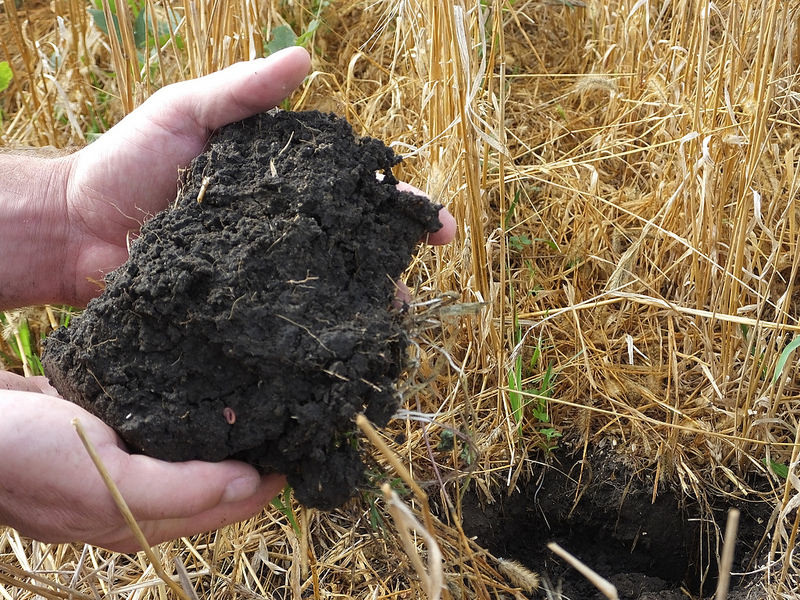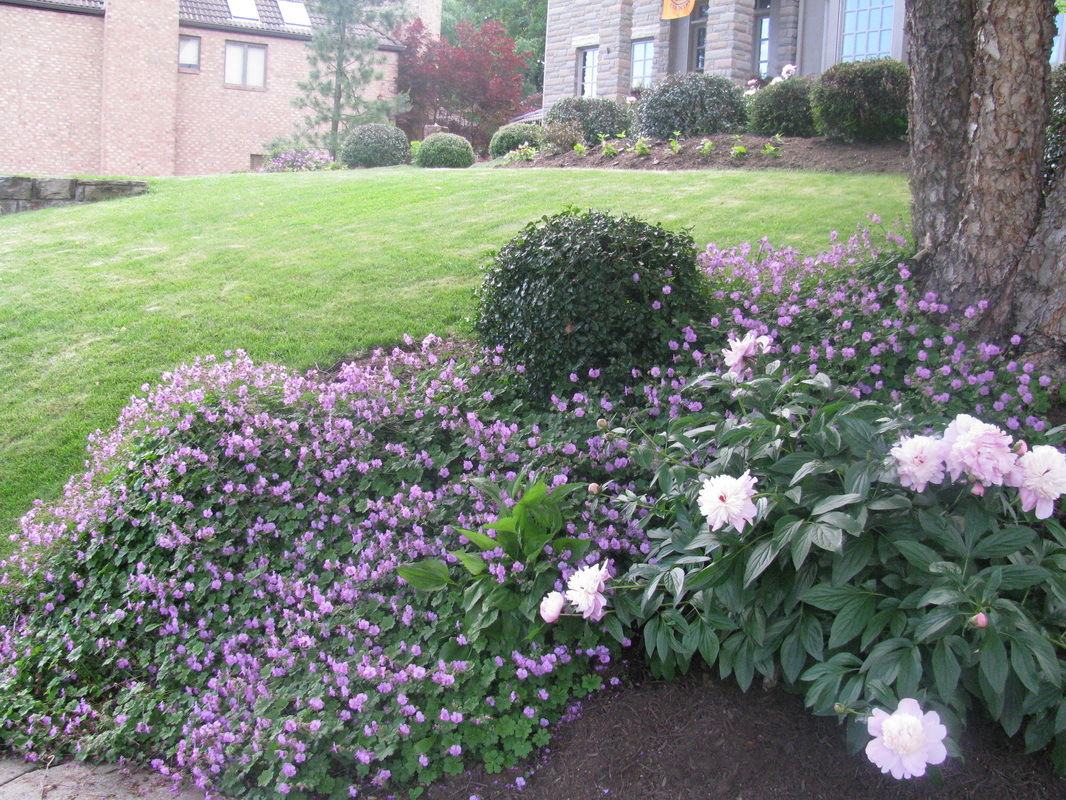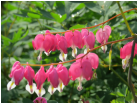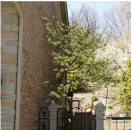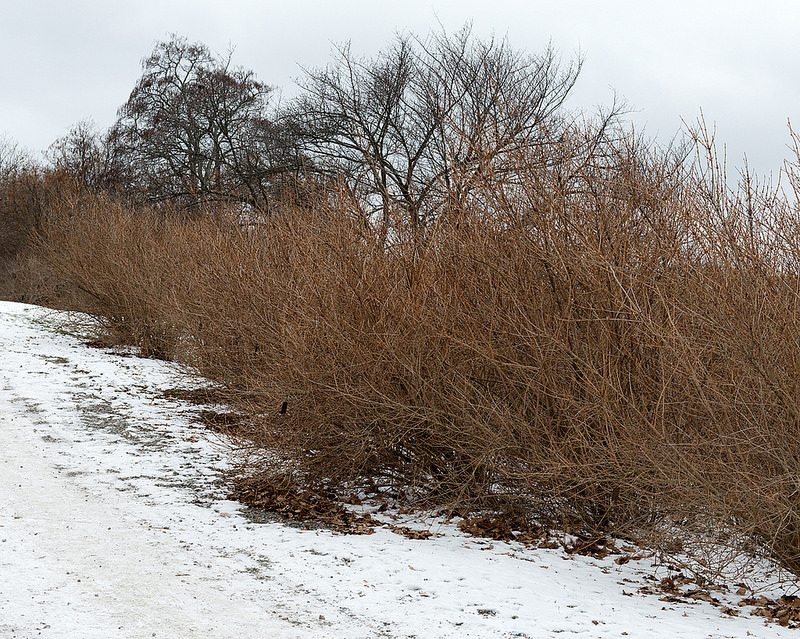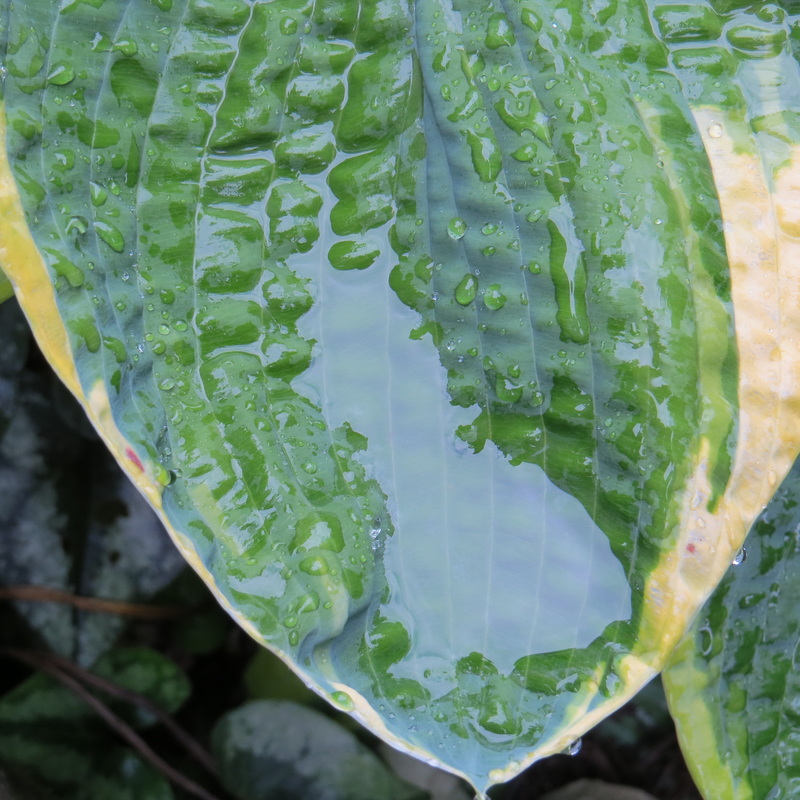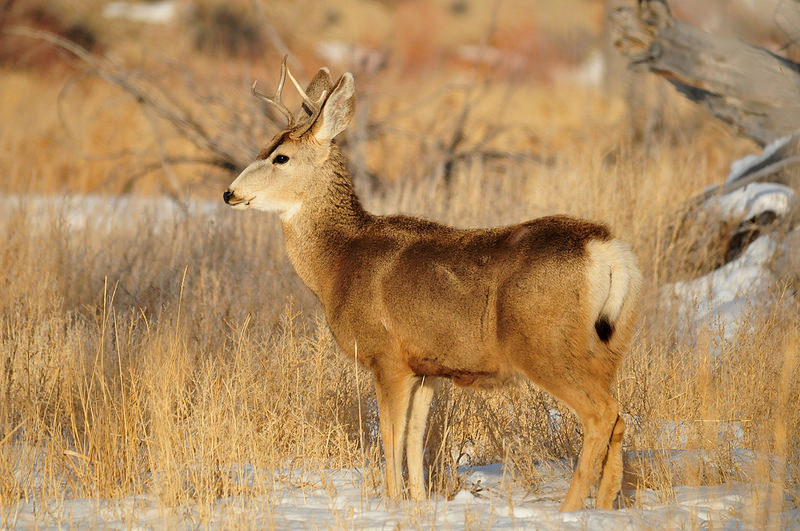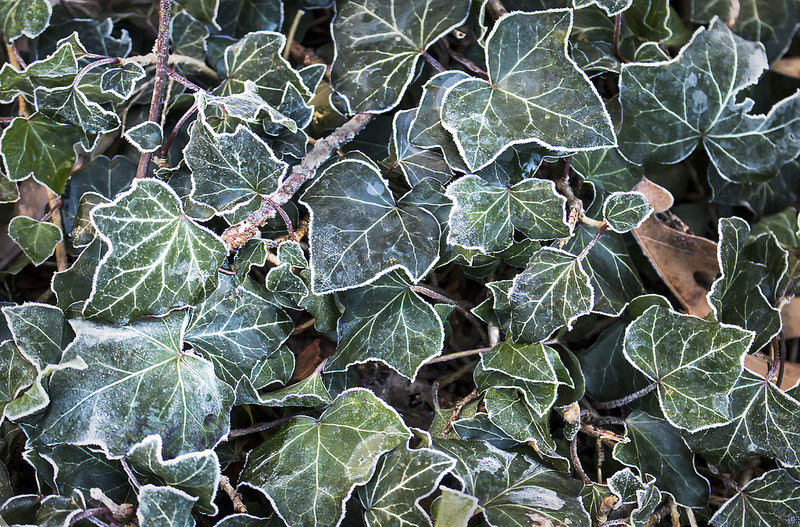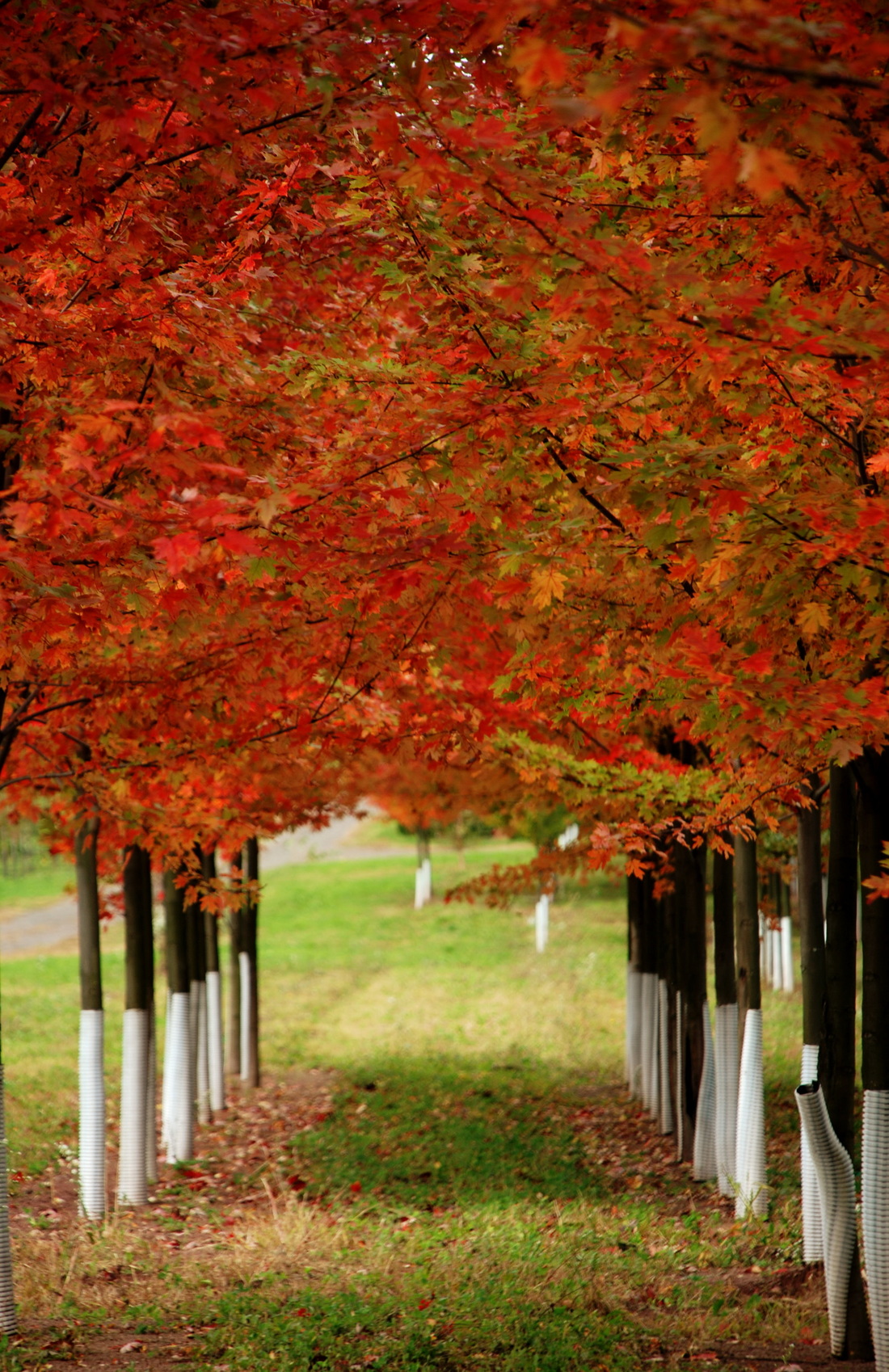Top 10 Landscape and Planting MistakesLet's face it, we've all made mistakes in our yards. Even with decades of design experience, I've learned volumes from planting, moving, ripping out, digging, reflecting, and research. I'd like to say I'm perfect. I'm not. Here's what I've learned and I hope you find my life's experiences useful.
|
